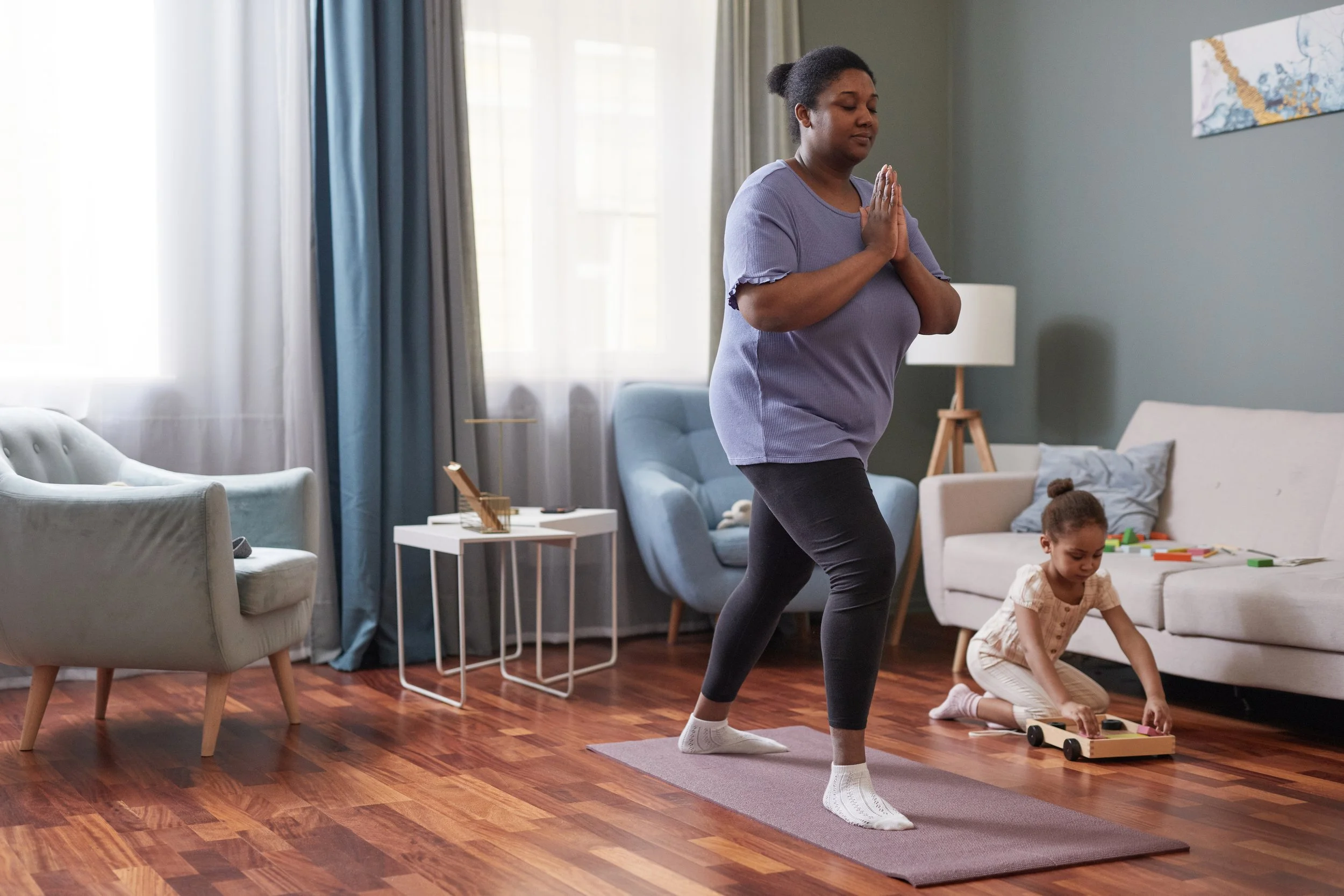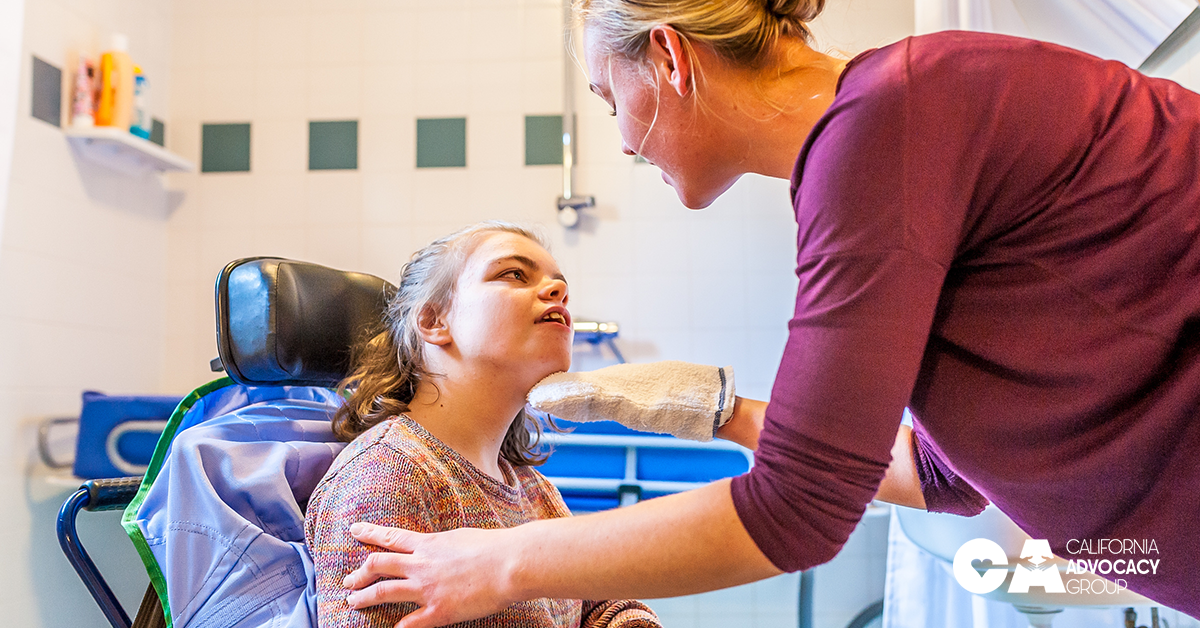In-Home Supportive Services is unique to California, as it's a statewide program administered by each county under the direction of the California Department of Social Services (CDSS). It provides the disabled, blind, those with limited income or over the age of 65 with in–home care services to help them remain safely at home.
What does IHSS Cover?
There are various types of services that can be authorized through IHSS. Some examples of services covered for children under 18 would be domestic and related services, paramedical services, personal care/non-medical services, travel services, and protective supervision for the mentally impaired. Other services that are covered but less frequently used for minors are heavy cleaning, yard hazard abatement, laundry, teaching and demonstration services, and restaurant/meal allowances.
Here's a more comprehensive list of services covered by IHSS put out by the CDSS.
Just the same, it's important to understand what is not covered through IHSS. Some examples of tasks and things IHSS will not pay for are:
Caring for pets, including service animals
Gardening
Repair services
Watching TV with a client
Hanging out socially
Waiting at a doctor's office
Household bills
ESTABLISHING ELIGIBILITY FOR YOUR CHILD
The goal of the IHSS program is to allow consumers to live safely in their own home and avoid the need for out of home care, which means to qualify a child must require some form of in-home care. IHSS is a Medi-Cal program and is funded by federal, state, and county dollars, so the child must also be enrolled in Medi-Cal to be eligible for IHSS. Additionally, the following criteria should also be met:
must be a resident of California
must be disabled or low-income (can qualify for share of cost or be institutionally deemed)
cannot live in assisted living, board & care, or a nursing facility
For a detailed explanation of all eligibility requirements, please read the IHSS Advocates Manual (formerly known as “IHSS Nuts & Bolts Manual”).
How to Apply for IHSS
MAKE CONTACT — The easiest way to apply in Los Angeles County is to call 888-944-IHSS (4477) or 213-744-4477 with the child's social security number ready to apply. You can also simply reach out to the In-Home Supportive Services office in your respective county which can be found here.
Regardless of the path you chose, a county representative will ask you questions to gather information about the nature of your child's disability, things that they need help with, your family income, and all available assets. This can take upwards of 30 minutes, so be patient—and kind!
INITIAL HOME VISIT — A county social worker will come to your home to determine the types of authorized services that your child needs and the number of hours for each service. Some of the things the county will consider are your child's medical condition, living arrangement, and any possible resources that may already be available.
It's important to be very prepared for this meeting. You should understand exactly what services you are requesting and why you believe your child qualifies. Be honest, forthright, and prepared to colorfully describe the activities and tasks that might not be obvious or occurring at the time of the initial home visit. Having documentation, photos, videos, and other tangible proof is always a good policy.
HEALTH CARE CERTIFICATION FORM — Among other documentation requests, the social worker will leave a form for your child's primary doctor or licensed medical health professional to complete certifying your child's need for IHSS—this is the IHSS Health Care Certification Form (SOC 873).
This form must be completed before services can be authorized. It is NOT a requirement that the document come directly from the social worker, so kindly let them know you will review with your child's doctor and return the form once completed. It's important to work closely with your child's doctor to make sure this form is being filled out correctly and lists the correct diagnosis for your child.
Additionally, at minimum the form must state the following:
the child needs help with at least one activity for daily living
the child needs at least one IHSS service to prevent them from needing out-of-home care
If you are also requesting protective services for your child, you'll need to have the Assessment of Need of Protective Supervision form (SOC 821) appropriately filled out by a licensed medical professional. While not always requested, it's great practice to have the 24-Hours-A-Day Coverage Plan form (SOC 825) also filled out in detail. Deliver these to social worker along with SOC 873.
NOTICE OF ACTION (NOA) — Once all requested forms and documentations is received, the county will send you a Notice of Action (NOA) telling you if your child has been approved for IHSS. The NOA will specify what services have been approved, how much time is authorized for each service, and how many total monthly hours have been approved.
If the hours are not sufficient or do not accurately represent your child's needs, you have must start the appeal process as soon as possible by following the directions on the back of the NOA. You can message us here if you would like assistance with your initial application or appeal.
When Can a Parent Be the IHSS Provider?
For minors with special needs, IHSS can pay a parent or other family member to help with the services required. To be a parent provider the following must be true:
The parent must have quit a full-time job or be prevented from taking full-time work because of disabled child's care demands, AND
There must be no other care provider available, AND
If services are not received, ultimately the child will be at risk of out-of-home placement or inadequate care.
It should be pointed out that respite services from the regional center are different from In-Home Supportive Services. A child should be able to receive IHSS, including protective supervision, without losing any respite hours. Additionally, hours authorized under the HCBA waiver, like home nursing, should also not affect IHSS hours.













